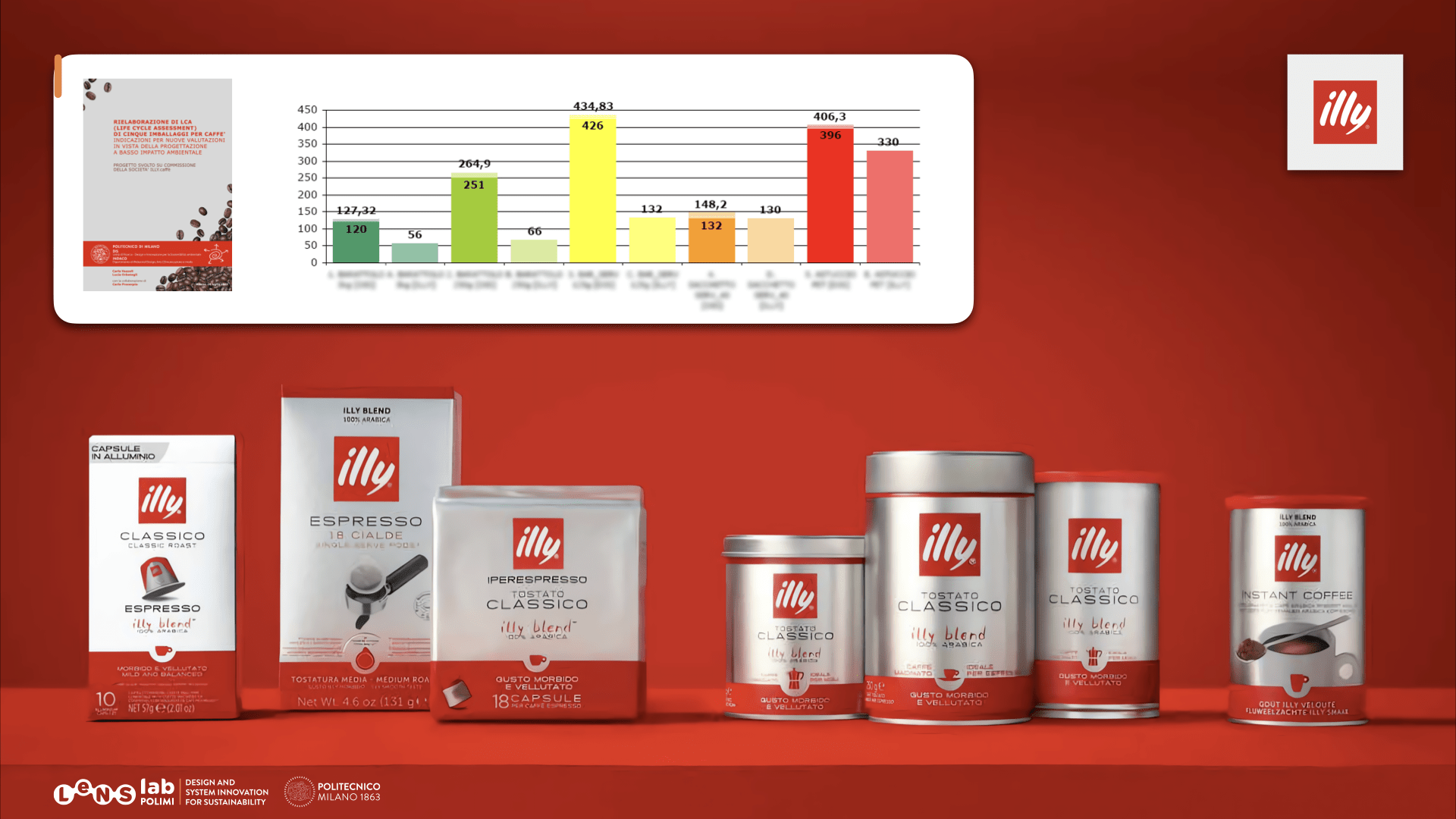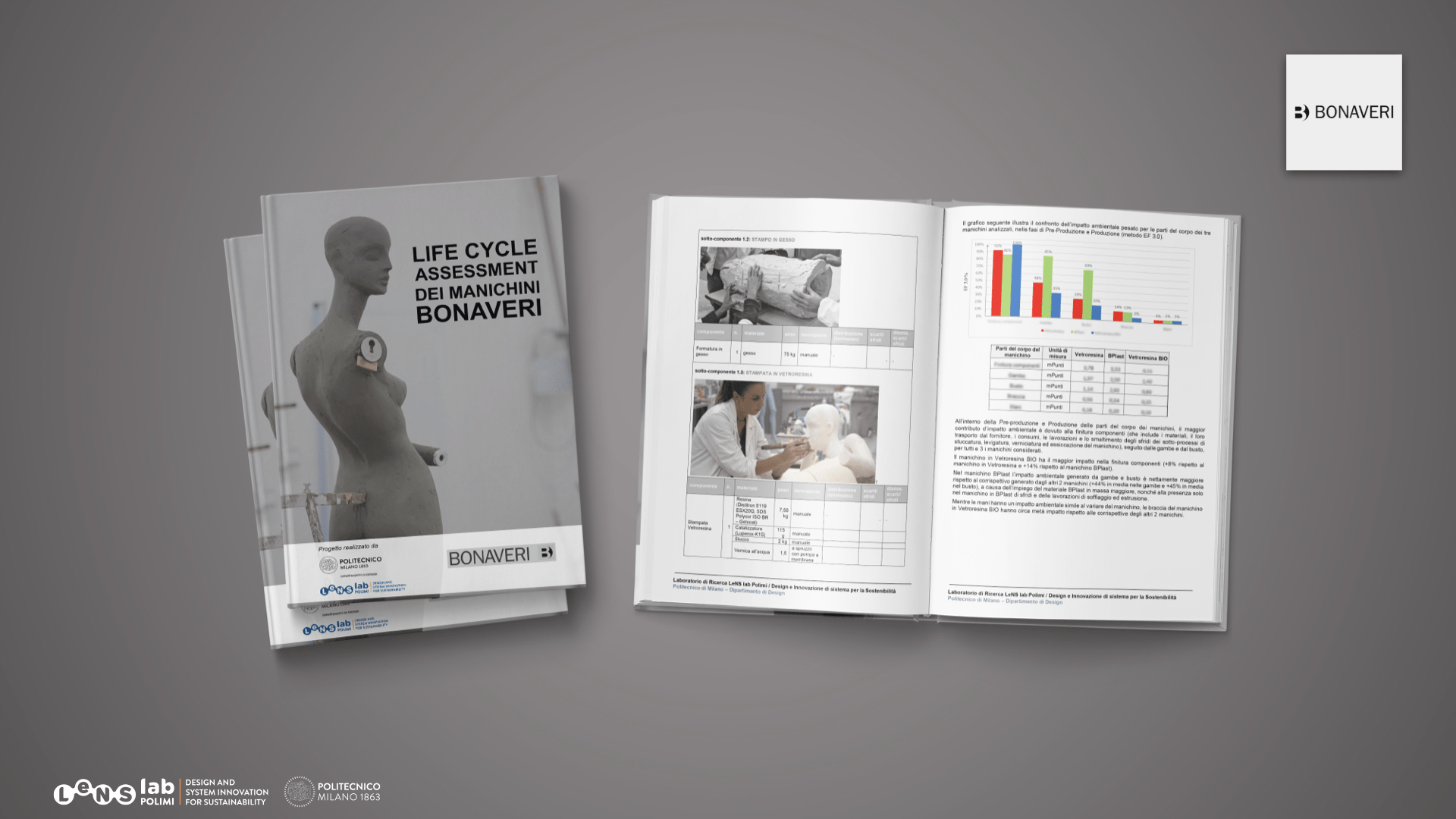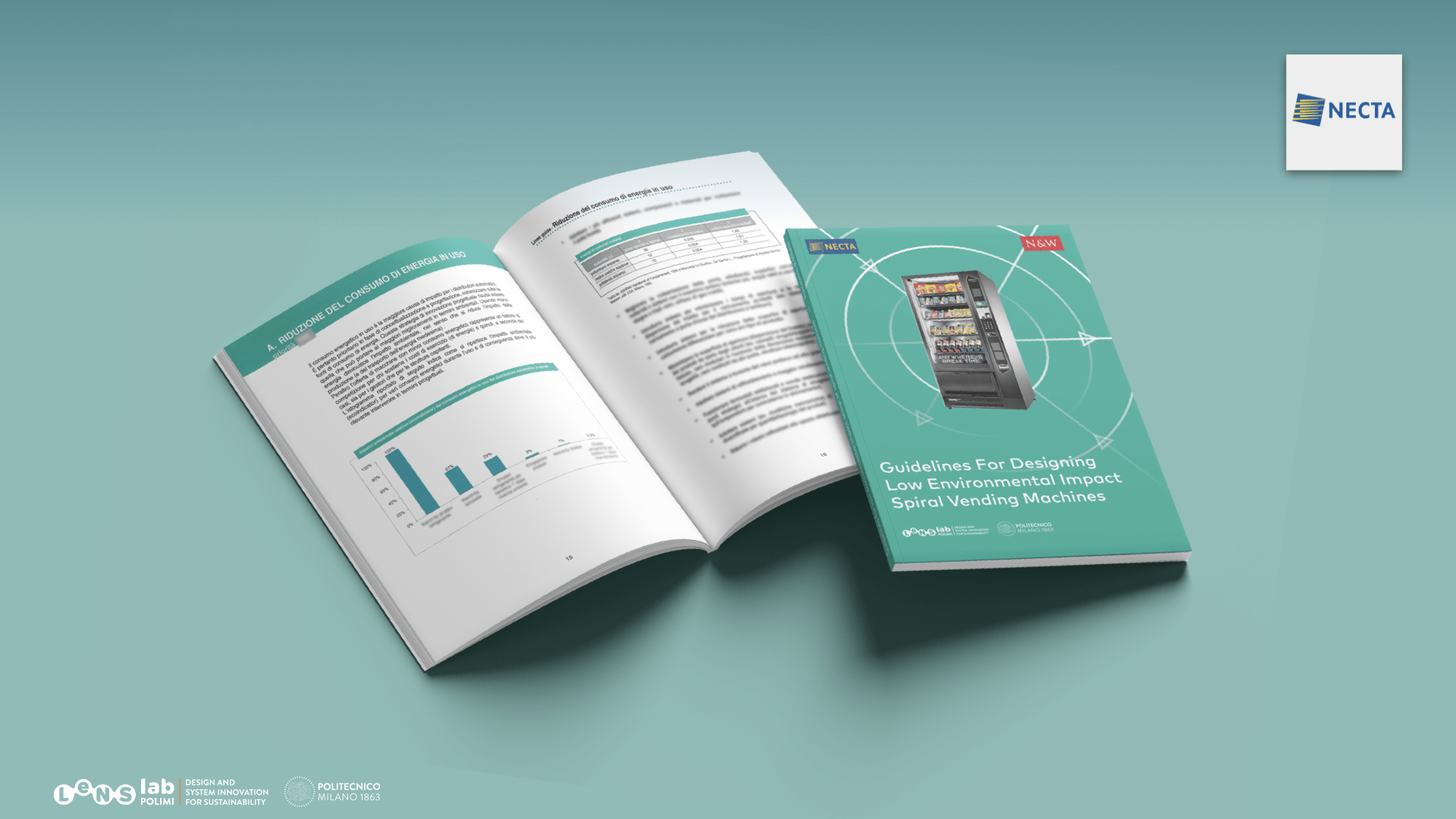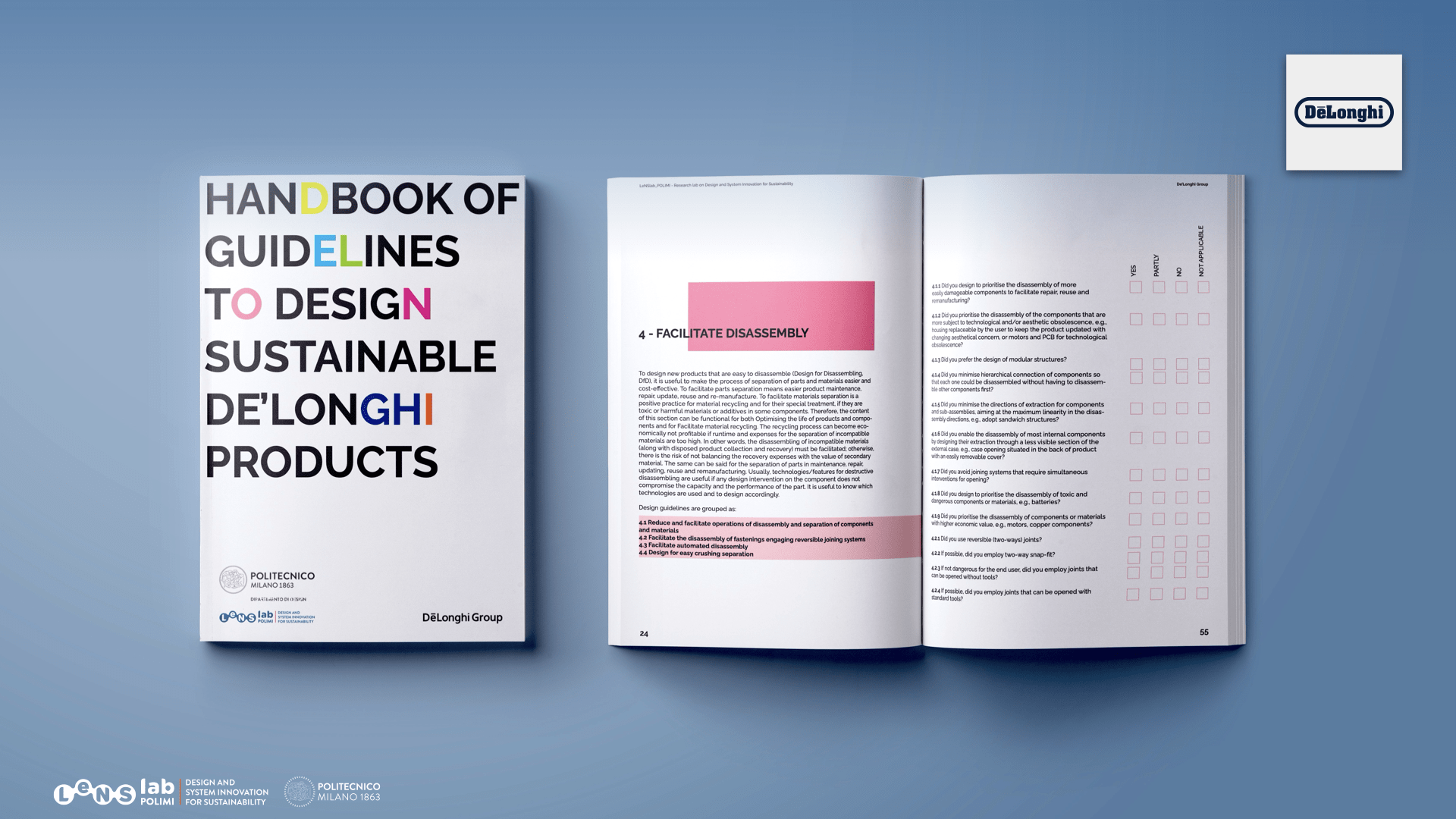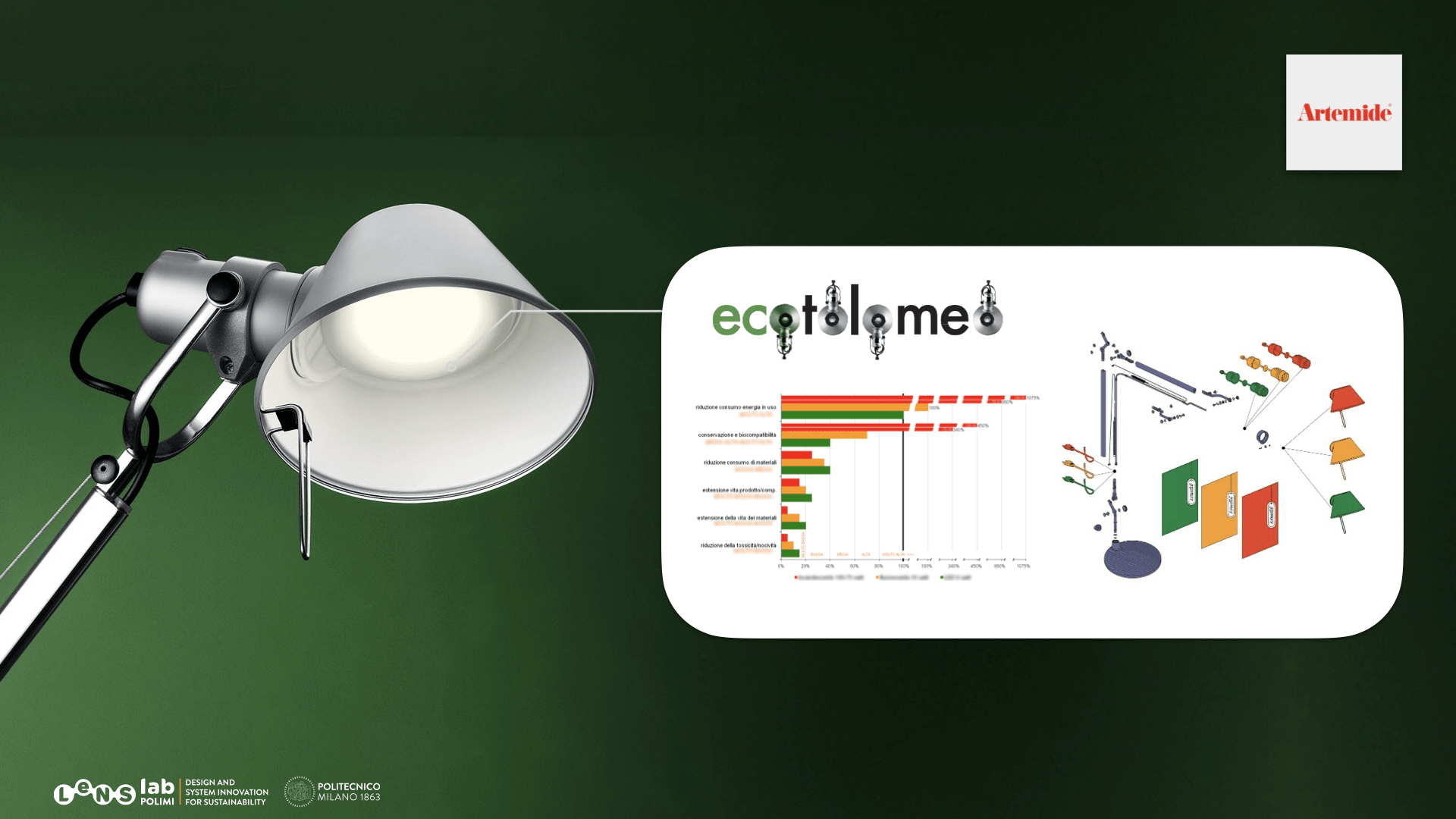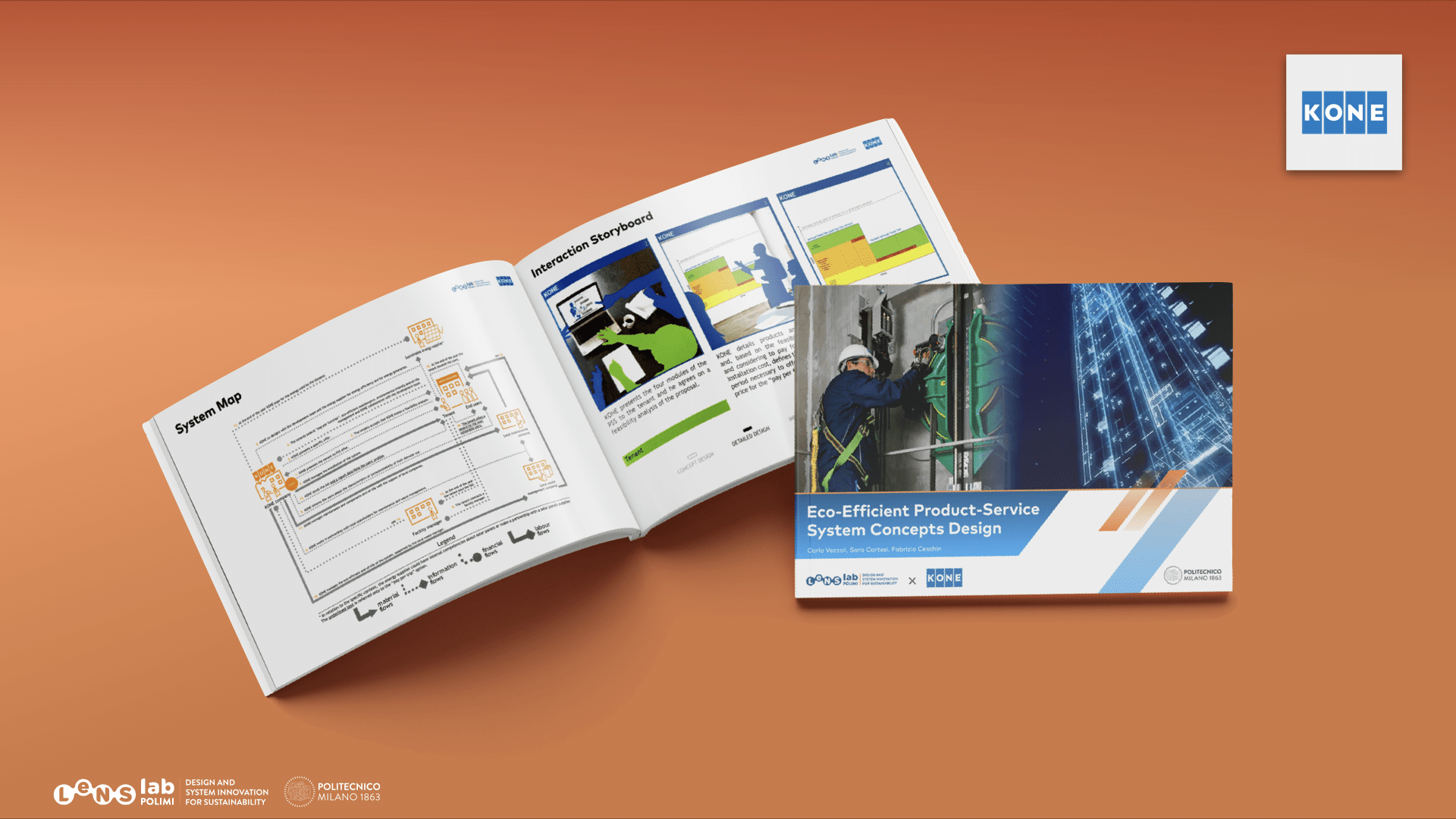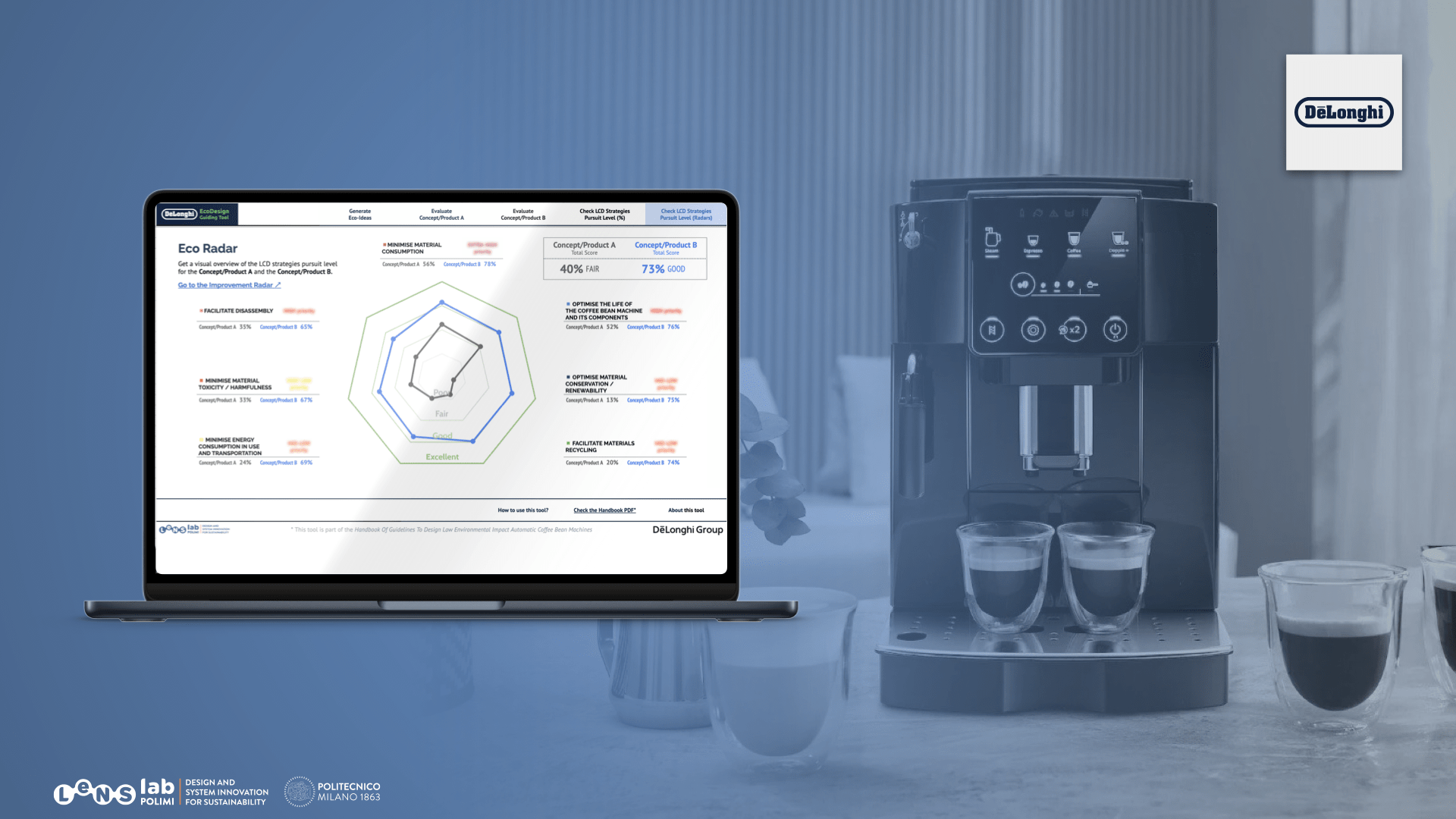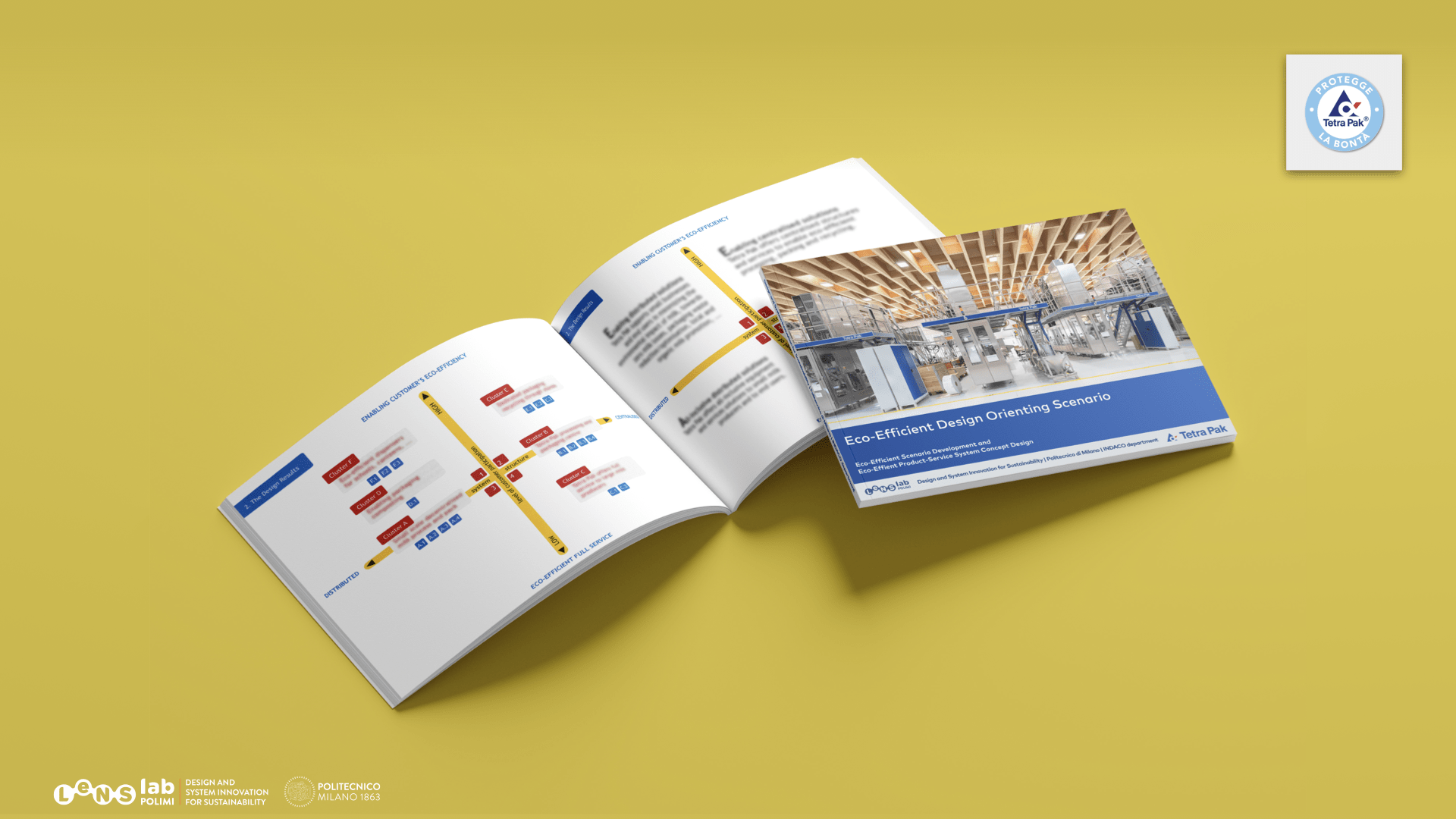AIM
To help designers and other company professionals to analyze the current value chain of the company, to identify the external and internal stakeholders (current or new ones) that should be prioritized and involved to develop and implement the circular economy strategy or project decided in a previous stage.
The tool will answer the following questions: “Which stakeholders should we prioritize to develop and implement our circular economy strategy/approach? Which steps should we define to engage them?”.
TARGET GROUP
The tool targets both designers and professionals from different backgrounds (i.e., purchasing, logistics, marketing…) that aim to identify and plan how to engage relevant stakeholders in the process of implementing a circular economy strategy.
PREREQUISITES
The users should use this tool after the circular economy strategy has been assessed and decided. Knowledge of CE and concepts related to value chains and supply chains, together with a basic understanding of how business models work in a circular economy, is recommended.
HOW TO USE THE TOOL
Step 1 – current stakeholder mapping and qualitative assessment
The users must write down first the basic data about the organization and the chosen circular strategies, together with the identification of the people from the organization that are using the tool.
After this first identification, the working team must think of and identify current stakeholders that are already involved within the value chain of the organization, writing down the names or the typology of these stakeholders in each of the links defined in the excel sheet.
For each stakeholder (or typology), the following information will be specified:
- Activities developed in the value chain (role)
- If it is an external or internal stakeholder
- In the case of being an external stakeholder, the network type (business; knowledge; regulation; knowledge; individual)
- Any comment the team wants to highlight
Once main stakeholders are mapped along the value chain, the team will qualitatively assess them, and their relevance for the implementation of the chosen circular economy strategy or approach, as not all of them will be relevant. If the stakeholder is considered to be relevant (choosing “Yes”), it will automatically be highlighted in pink.
These current stakeholders’ identification and assessment will be made for each of the links of the value chain.
Step 2: New stakeholder mapping and qualitative assessment
Here the team will reflect on new potential stakeholders that will be needed to implement the chosen circular economy project or approach the company is intended to apply. The team will have to answer the following question: is there any stakeholder not involved at the moment within the current activity of the organization that we should collaborate with, to implement the new circular approach?
For each new stakeholder (or typology), the following information will be specified:
- The purpose of the participation/collaboration (role)
- If it is an external or internal stakeholder
- In the case of being an external stakeholder, the network type (business; knowledge; regulation; knowledge; individual)
- Any comment the team wants to highlight
Therefore, all the identified new stakeholders will be relevant.
Note that maybe the involvement of new stakeholders will be needed just in some of the links of the value chain, and not in all of them.
Please, if needed, check the “A. Potential stakeholders” sheet to get inspired about potential stakeholders that the team could consider, depending on the circular economy business strategy/approach intended to implement.
Step 3: Stakeholder’s prioritization
After having identified the relevant stakeholders in Step 1 and Step 2, the team will write down all these relevant stakeholders: external stakeholders in one form, and internal stakeholders in another form. External stakeholders will be grouped into the four network types: business, regulation, knowledge and individual (they have to be included manually).
Once all the relevant stakeholders are written down in the two forms, the team will quantitatively assess each of the stakeholders, according to the level of relevance to implement the circular strategy/approach and to the level of capacity of the organization to establish a new collaboration with those new stakeholders or to establish a different form of collaboration with current ones (to change, to improve or even, to terminate it).
- Relevance to implement the circular strategy/approach: even if all the stakeholders are relevant in this case, not all of them will have the same Some stakeholders will be more relevant/important than others to implement the circular strategy/approach.
- Each member team will score each stakeholder from 1 to 10, in one of the columns of “Assessment (per evaluator)” – member 1 in A, member 2 in B, The tool will automatically give an average score for each stakeholder.
- Capacity to establish a new collaboration or to change the collaborative approach we have now: can we create a new collaboration with new stakeholders, or can we change the collaboration agreement we have at the moment with some of our current stakeholders? How easy or difficult is it to do that?
In the same way as before, each member team will score each stakeholder from 1 to 10, in one of the columns of “Assessment (per evaluator)” – member 1 in A, member 2 in B, etc. –. The tool will automatically give an average score for each stakeholder. In this second case, in the case of external stakeholders, in addition to the quantitative assessment, potential barriers to establishing new collaborations or changing the current ones will be identified by team members.
Similarly, the same exercise will be done for internal stakeholders.
Once all relevant stakeholders (both external and internal) have been assessed by all team members, the tool will automatically give a global score for each stakeholder. All stakeholders will be visualized in a scatter plot in Step 4, according to the obtained global score.
This scatter plot displays both previously assessed external and internal stakeholders taking into account the assigned level of relevance and capacity by each team member. Depending on the block where the stakeholders are located, different types of activities will be required, as explained in the box below the scatter plot.
Please, note how the name of each stakeholder is displayed in the coloured tables on the right side of the plot.
Additionally, all stakeholders displayed in the scatter plot will appear in the two dark blue boxes on the right side, showing their ranking, according to the obtained global score (the second table will be only completed if there are more than 38 stakeholders in the plot). The first stakeholder in the list is the one with the highest score (relevance and capacity combined), and therefore, with the highest priority, while the last stakeholder in the list is the one with less score, and therefore, with less priority. This ranking aims to help the team order the actions to be included in the Action Plan (Step 5).
Step 5: Definition of the action plan
In this last step 5, the working team will brainstorm and reflect on how to approach each of the stakeholders, define specific actions to carry out in the short term, be able this way to involve the prioritized stakeholders and establish the required collaboration relationship for the development of the circular strategy or project.
First, the team will write down all the internal stakeholders visualized in the scatter plot in the first column of the first form (the tool does not do it automatically). Secondly, the team will write down all the external stakeholders visualized in the scatter plot in the first column of the second form.
In the case of internal stakeholders, the team will write down for each of the stakeholders, the following information:
- The role in the circular economy strategy/approach
- Expected contribution/output
- The identification of any possible barrier or difficulty
- Short-term actions to be developed
In the case of external stakeholders, the team will write down for each of the stakeholders, the following information:
- The role in the circular economy strategy/approach
- The existence of any relationship
- Expected contribution/output
- The identification of any possible barrier or difficulty
- The type of the desired collaboration
- Short-term actions to be developed.
RESULTS
- A stakeholders mapping and a qualitative and quantitative assessment of the current value chain of an organization
- A prioritization of internal and external stakeholders that should be involved to implement selected circular economy strategies
- Group discussion and brainstorming that may help the generation of new ideas and co-creation
- An action plan as a road map to establish steps to carry out to involve the prioritized stakeholders and establish the required collaboration relationships.
LIMITATIONS
- This tool was developed to help professionals reflect on the value chain of the organization and to enrich and facilitate the process of engaging relevant stakeholders when developing circular economy strategies. Therefore, even if it includes quantitative elements, the result of the tool will be very dependent on the 3 Knowledge Alliance on Product-Service Development towards Circular Economy and Sustainability in Higher Education work team’s individual members’ knowledge, experiences and opinions (high subjectivity).
- The tool has technical limitations regarding functionalities, as it is built on an Excel file basis
TO VIEW AND DOWNLOAD THE TOOL: https://www.katche.eu/knowledge-platform/tools-and-training-materials/katch_e-tools/ce-value-chains/
PSS Processes and stages
- Analysis of sustainability best preactices (Service strategic analysis/design brief)
- Generation of sustainability oriented ideas for PSS (Service concept design)


